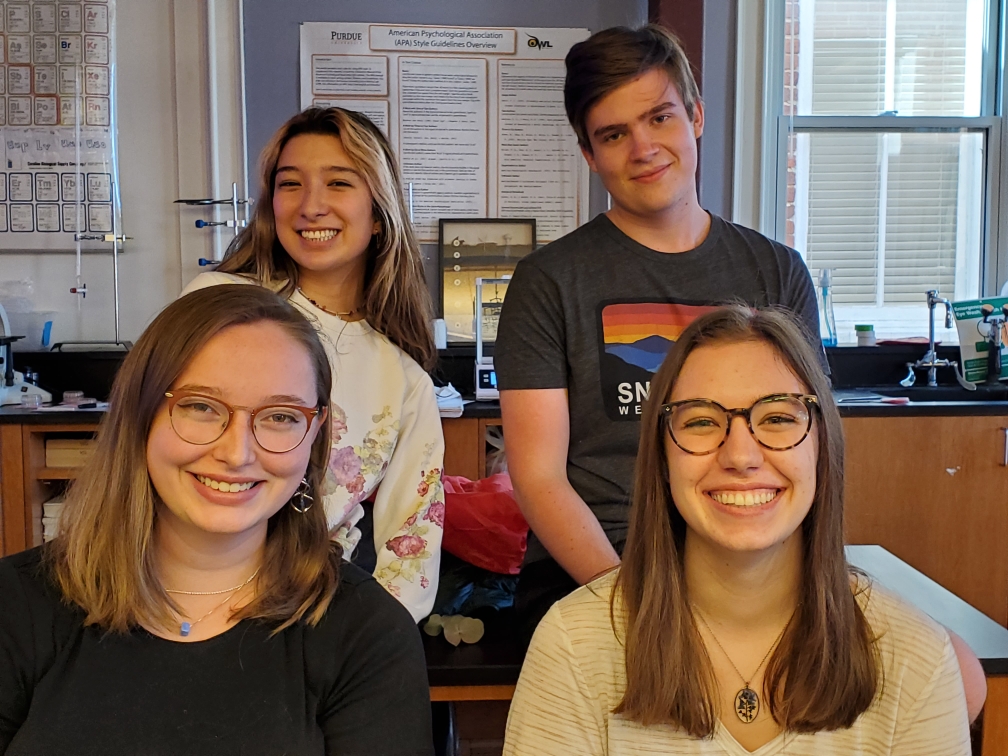The invasive species Microstegium vimineum, known colloquially as Japanese Stiltgrass, is prevalent in many regions across the United States and has been found all along the East Coast from Mississippi to Ohio. This grass, introduced to Tennessee around 1918, was frequently used as packaging for porcelain exports from China. M. vimineum is a monocotyledon in the poaceae family, an annual and shade-tolerant plant with a mixed mating system, that produces one hundred to one thousand seeds which remain viable in soil for upwards of five years. It aggressively expands into forest land, crowding out native grasses and damaging the ecosystem. Currently, removal of this invasive species is only possible through chemical control or manual extraction, both of which negatively impact surrounding plant life. RNA interference (RNAi) technology has been shown to be effective in amplifying and silencing genes in monocots such as corn, asparagus, and onions. In this project, RNAi technology will be used to silence photosystem II protein D1 (also known as PsbA) in M. vimineum, inhibiting photosynthesis to effectively shut down the stiltgrass. Because of the selective nature of this technology, it will be possible to significantly reduce M. Vimineum populations without causing excessive damage to the ecosystem.

The use of RNAi technology to inhibit growth of Microstegium vimineum
School
Renaissance High School
Detroit, MI
BioBuilderClub Season
2021-2022 Season
Category
Resources
Non-Destructive Chemical Control of M. vimineum Using RNAi_Renaissance School BBC_21-22